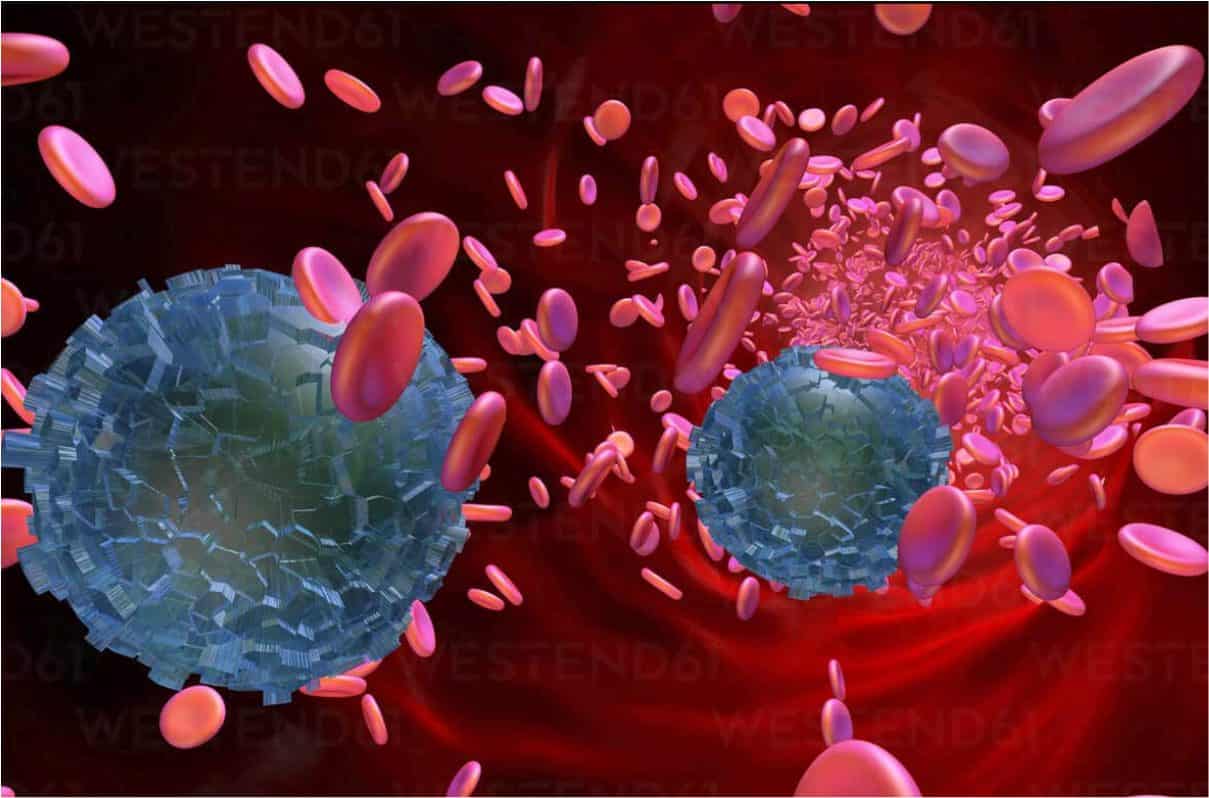New study says microplastics are now found in human blood
3 min. read
Published on
Read our disclosure page to find out how can you help MSPoweruser sustain the editorial team Read more

After earlier research at the University of Newcastle in Australia proving that humans ingest microplastics, a new study was published last Thursday in Environment International saying that plastic particles were traced in human blood. The general concentration of the microplastics that was found in the blood samples is said to be 1.6 micrograms or one-millionth of a gram. In terms of numbers, that should not be enough to bother us, especially since it is only equal to one teaspoon of plastic per amount of water in 10 large bathtubs. But should we really remain unbothered?
The study was conducted involving 22 Netherlands-based blood donors, where 17 of them were announced to have plastic particle traces in their blood. The study analyzed the blood samples and looked for different polymers. After the test, researchers revealed different types of plastics found in the samples starting from the most prominent one: polyethylene terephthalate, a plastic usually used to produce food packaging, drinking bottles, clothing, and more. It was followed by polystyrene, polyethylene, and polypropylene. The materials are commonly used in materials humans frequently encounter and use, such as plastic bags, styrofoam, plastic packaging, packaging film, grocery bags, and more.
Despite the small amount traced in the samples, however, concerns were raised regarding its effects on the human body. Researchers also started thinking about the possibility of these plastics affecting one’s digestive system, brain, and other body parts. Professor Dick Vethaak, one of the authors of the study and a Marine Ecotoxicologist and Environmental Health Scientist specializing in the impacts of chemical pollutants and plastic debris, said together with other researchers that “more detailed research … is urgently needed” to clarify this since “The problem is becoming more urgent with each day.”
“We have to find out where are these particles traveling. Do they accumulate in certain organs?” Professor Vethaak said. “Are (accumulations) sufficiently high enough to trigger responses leading to diseases?”
Nonetheless, Professor Vethaak said that the discovery is enough to stand as “the first step for proper risk assessment … (of) the internal concentrations of plastic particles.” It is expected to help everyone have better insight into the risk of continuous plastic production in the world, especially manufacturing companies. According to a study published in the peer-reviewed journal Science Advances, 18.2 trillion pounds of plastics have been procured since the 1950s, with 80% of them ended up in landfills. The number is just getting worse since another 26.5 trillion pounds is expected to be produced by 2050. In the ocean, on the other hand, the 11 million metric tons of plastic in 2016 is anticipated to reach 29 million metric tons annually in 2040.
If that is the case, would it change the amount of plastic traces in human blood in the future? And if so, what implication does it mean for our health?









User forum
0 messages